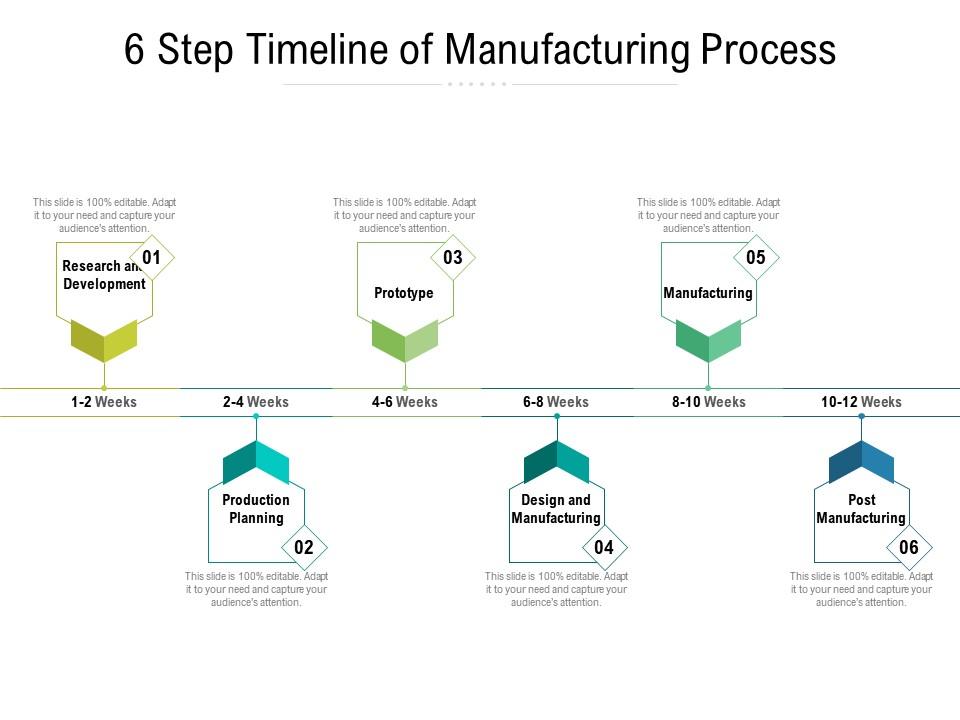Merging Ingenuity: Designing Green Items in Advanced Production Plants
In an era marked by fast-paced technological advancements and increasing environmental concerns, the concept of smart factories is reshaping the landscape of product design and manufacturing . These cutting-edge facilities employ cutting-edge technologies such as AI, connected devices, and automation to enhance productivity and productivity while embedding sustainability into every stage of the production process. As the demand for sustainable products grows, smart factories offer a unique chance to not only meet customer demands but also aid in a more sustainable future.
By incorporating sustainability into product design, smart factories can minimize waste, streamline resource utilization, and reduce the carbon footprint of manufacturing operations. This fusion of technology and environmental consciousness is not just a fad; it represents a fundamental shift in how products are designed and created. As we delve deeper into the capabilities of smart factories, we will explore how they change traditional manufacturing paradigms and pave the way for a new era of responsible innovation that prioritizes both quality and environmental integrity.
Fundamentals of Eco-friendly Product Design

Eco-friendly product design begins with the concept of life cycle thinking. This method takes into account the environmental impact of a product at every stage of its lifecycle, from material extraction to manufacturing, use, and final disposal. Designers must assess the resources used and strive to reduce waste throughout a product's lifecycle. By integrating life cycle assessments into the design process, companies can take educated decisions that lead to more sustainable materials and production methods.
A further key principle is the focus on resource efficiency. This involves maximizing the use of materials and energy during production. Eco-friendly product design focuses on minimal structures, lessened material usage, and energy-efficient production techniques. By minimizing the amount of raw material consumed, companies can significantly decrease their carbon footprint and cut costs, ultimately creating a competitive advantage in the market.
Last but not least, sustainable product design adopts the idea of circularity. This principle promotes designing products for longevity and reusability, allowing them to be returned to the supply chain after their first use. This could include using modular components that can be easily repaired or upgraded. By considering the end-of-life of products in the design phase, manufacturers can enhance recycling and repurposing, thus aiding to a more sustainable economy.
The Significance of Intelligent Manufacturing Facilities in Innovation
Advanced production hubs are changing the way goods are created and produced, creating an setting that fosters creativity while maintaining a dedicated focus on eco-friendliness. By utilizing advanced technologies like Internet of Things (IoT), machine learning, and automated systems, these factories allow immediate data processing and better decision-making processes. This potential for rapid adaptation allows producers to test with new resources and designs, promoting a culture of perpetual enhancement and creativity.
Incorporating green practices into product design becomes far more achievable within intelligent manufacturing facilities. They support the use of green resources and methods, minimizing waste and energy usage. Companies can replicate and analyze the sustainability impact of different design options early in the development phase, empowering them to produce products that are not only creative but also aligned with green initiatives. This proactive approach inspires organizations to reconsider old manufacturing practices and look into sustainable choices.
The team-oriented environment of smart factories further enhances the innovation landscape. Through connectivity and data sharing, teams from different areas of expertise can work together more efficiently, leading to innovative answers that might not have surfaced in a traditional approach. This synergy between design, development, and manufacturing teams hastens the creation of green products, ultimately driving the field towards a more eco-friendly future while satisfying the rising demand for sustainable products.
Case Studies: Notable Eco-friendly Products
One notable example of green product design is the partnership between IKEA and several community suppliers to create home furnishings from repurposed plastics and responsibly sourced wood. This initiative not only minimizes waste but also lowers the carbon footprint associated with conventional manufacturing processes. By incorporating smart technology into its production facilities, IKEA has been able to monitor resource usage in real-time, leading to enhancements in efficiency and sustainability.
Another impressive case is Adidas’ initiative for ocean sustainability, where the company designs athletic footwear using recycled plastic. This project demonstrates how creative design can tackle environmental challenges while fulfilling consumer demand for green options. By employing smart manufacturing techniques, Adidas is able to manufacture these shoes with minimized energy consumption and material waste, establishing a standard for the clothing industry.
Lastly, Tesla’s approach to electric vehicles serves as a prime case of integrating innovation with sustainability. The company’s advanced manufacturing processes are designed to lower waste and optimize resource use. By focusing on electric battery technology and renewable energy sources, Tesla not only offers sustainable transportation options but also promotes a paradigm for sustainable product design that other manufacturers are beginning to adopt.